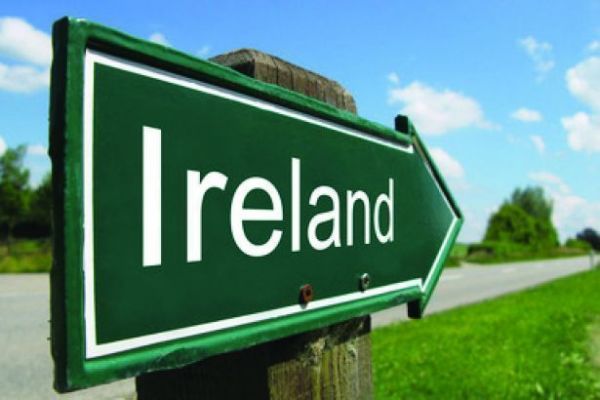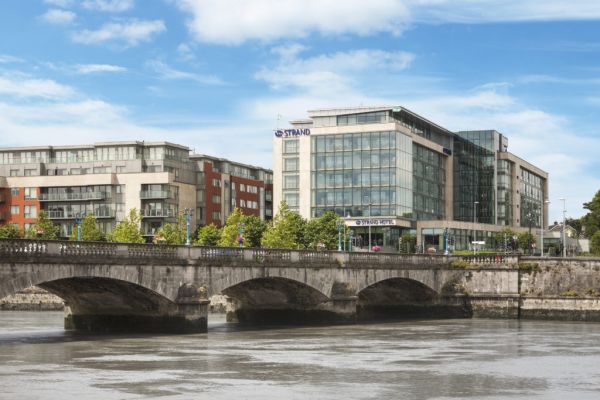2017 was another strong year for Irish hotels and guesthouses, the seventh year in a row that overseas visitor numbers have grown. The average national room occupancy rate was 73% during the year, driven by significant growth in visitor numbers from the US and continental Europe, as well as from the domestic market. These helped to offset the drop in visitors from the UK, where numbers continue to fall. Speaking on the eve of the Irish Hotels Federation’s 80th Annual Conference in Cavan, IHF chief executive Tim Fenn said that the hotel and guesthouse sector had benefited from what was another record year for Irish tourism.
Fenn asserted that the outlook for the sector remains positive with hoteliers confident about the future growth of the tourism and hospitality industry. He stated, "We are on track to create a further 40,000 tourism jobs by 2021. These are in addition to the over 60,000 new jobs that have already been created since 2011, an increase of 33%, compared to a rise of 13% in employment throughout the overall economy."
The tourism industry is Ireland’s largest indigenous employer, supporting approximately 230,000 jobs - equivalent to 11% of total employment - with approximately 60,000 of these jobs in the hotel sector alone.
Total tourism revenue also grew during 2017 to more than €8.75 billion, an increase of 6% year on year. The strong growth in recent years has meant a return to profitability for many hotels, which Fenn says is providing the right climate for investment.
He commented, "Our latest member survey shows that over 90% of hotels are planning capital expenditure programmes this year, mainly in the area of refurbishment, which are essential to ensure our tourism product remains fresh and appealing and able to compete internationally for business. We are also seeing increased investment in new rooms, especially in Dublin, which is the most popular entry point into Ireland for overseas visitors so increased capacity there is important to the expansion of tourism across the country. We expect to see a further 1,000 rooms come on stream in the city this year with an additional 2,000 in 2019 and between 1,000 – 2,000 in 2020. Overall, there is an hotel investment pipeline of €1 billion in Dublin city."
Fenn added, “The strong growth in tourism achieved in recent years illustrates the economic and job creating potential of our industry both at a national and local level. Every euro in tourism revenue generates €2.16 in indirect revenue across the wider economy, reaching into every town and county in the country.”
However, he cautioned that not every tourism business is enjoying the same level of success, saying, "The slowdown in overseas visitor growth and the weakness in sterling leave no room for complacency. Last year international arrivals into Europe grew by 6%. However in Ireland our overseas numbers grew by just 3%, compared to an increase of 9% the previous year."Fenn said that the substantial fall in UK visitor numbers during 2017, Ireland’s largest market, has served as a reminder of how vulnerable the country’s tourism industry is to volatility in other economies.
He explained, “UK has the widest seasonal and regional spread of all our markets, with rural tourism, which has only recently begun to enjoy the recovery in any real measure, the most vulnerable. 80% of the flights into Knock airport last summer originated in the UK compared to 56% into Cork and 37% into Dublin.”
Fenn pointed to the progress made in recent years in market diversification and targeting higher spending markets as key factors in the growth of the sector. He also noted the significant increase in air access to Ireland during 2017 including the commencement of Norwegian Air’s six new US routes. Other new routes added during the year, including Dublin to Doha and Shannon to Stockholm, provided increased connectivity from new and existing markets to Irish airports, helping to deliver record-breaking passenger numbers. Additional new direct routes due to open this year include Dublin to Seattle, Montreal and Hong Kong.









